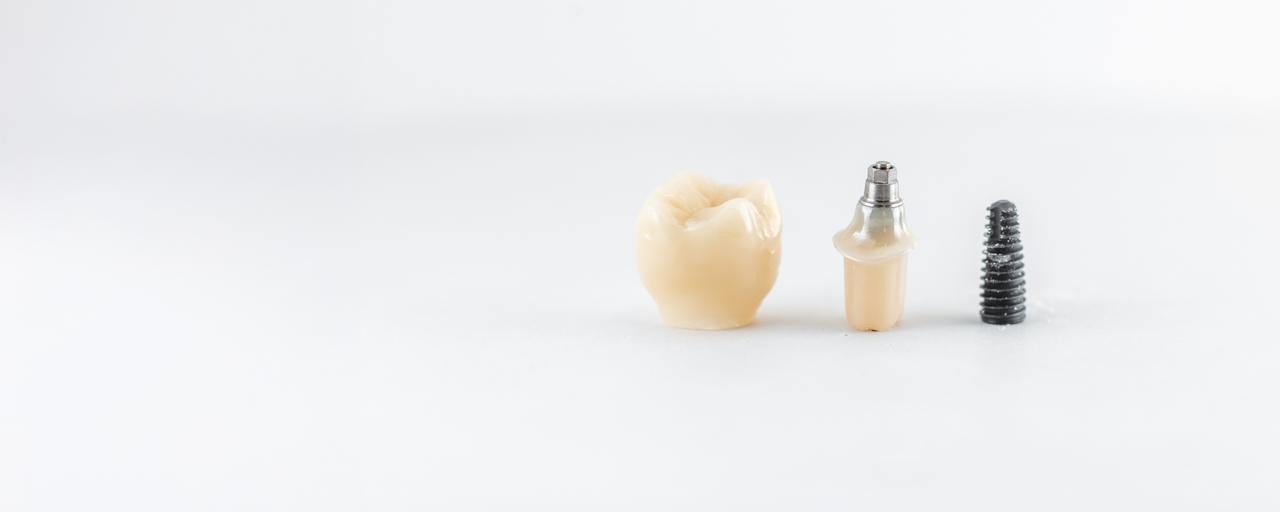We reach more than 65,000 registered users in Dec!! Register Now

Dental implants still functional after forty years
- April 01, 2025
- 2 Views
- 0 Likes
- 0 Comment
Dental implants used to replace single teeth continue to function well after several decades, according to a study from the University of Gothenburg. After nearly forty years, all examined implants were still in place and fully functional.
The study is the longest follow-up study of single dental implants in the world and is based on a follow-up of a small group of patients who received single implants to replace missing teeth between 1982 and 1985. The implants are a result of research conducted by Professor Per-Ingvar Brånemark at the University of Gothenburg. His discovery of how bone integrates with titanium implants has enabled millions of patients to replace lost teeth with a reliable and long-lasting solution.
Stable implants
Of the 16 patients who received implants during the study period, 13 participated in the follow-up, conducted at the Brånemark Clinic, Public Dental Service Västra Götaland. These 13 patients had a total of 18 implants.
A dental implant is an artificial tooth root made of titanium that is surgically placed into the jawbone, where it integrates and becomes stable. A crown is then attached to the implant, providing both functionality and aesthetics.
The crowns placed on the implants had a shorter lifespan than the implants themselves. At the forty-year follow-up, only about 60 percent of the original crowns remained, with many having been replaced one or more times.

Implants and healing
The researchers point out that older implant systems, which have been shown to be highly effective, are unfortunately no longer available on the market. This is due to the continuous introduction of new systems that quickly replace older ones, despite their proven long-term success.The study concludes that implants placed using well-planned surgical techniques and given sufficient healing time have an excellent long-term prognosis. Sargon Barkarmo again:
"Today, methods that accelerate treatment and healing are commonly used. These approaches also need long-term follow-ups and careful evaluation to ensure equally good results over time," he says.
The study results have been published in the scientific journal Clinical Implant Dentistry and Related Research.
List of Referenes
- Sargon Barkarmo, Jan Kowar. Outcome of Single Dental Implants Over 38–40 Years: A Long‐Term Follow‐Up Study. Clinical Implant Dentistry and Related Research, 2025; 27 (1) DOI: 10.1111/cid.13443
Cite This Article as
No tags found for this post









